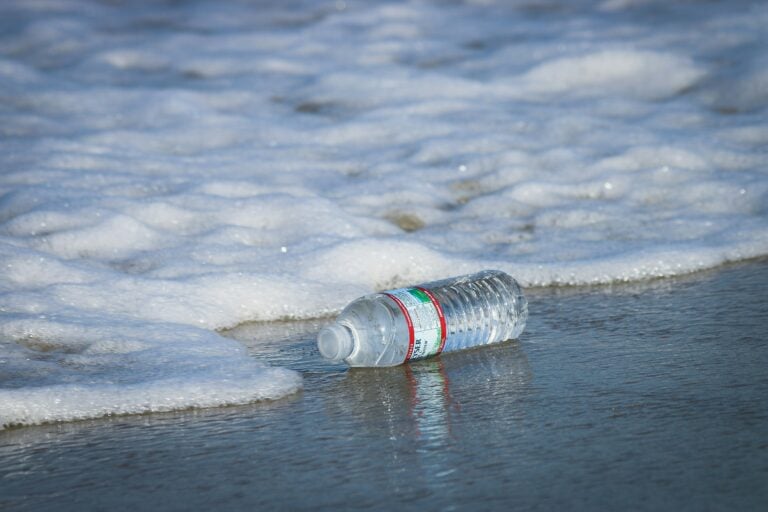Tell EPA to Protect Our Waterways From These Toxic Plastic Chemicals
By: Thomas Hynes

The U.S. Environmental Protection Agency (EPA) is proposing to designate several chemicals used in making plastic- including vinyl chloride – as “High-Priority Substances” under the Toxic Substances Control Act (TSCA), the first step in EPA’s process in banning dangerous chemicals, if they are found to pose an unreasonable risk to human health and the environment after a comprehensive risk evaluation.
However, this is only one step in designating the dangerous chemicals in plastic as high-priority and undertaking the risk management process. That is why we need EPA to prioritize its resources and attention to accelerating these efforts.
Will you take a moment to urge EPA to urgently evaluate the risks these toxic chemicals pose?
Currently, more than 16,000 chemicals are used or present in plastic materials and products, we know more than 4,200 of those to be persistent, bioaccumulative, mobile, and/or toxic, and 1,300 chemicals of concern are used in plastics. Despite the risk, only 6% of the 16,000 chemicals are subject to international regulation.
Each of the five chemicals proposed to be listed as high priority pose a threat to human health and the environment, and they are all involved in plastic production. Unfortunately, plastics have a negative impact at every part of their life cycle, from production to use to disposal. It is estimated that by 2019, 140 million tons of plastic will accumulate in aquatic ecosystems. As a result of current plastic pollution, microplastics are found in nearly every human organ system. Beyond microplastics themselves entering our bodies and our ecosystems, studies show that it is common for more than 2,000 chemicals to leach into water from a single plastic product. Plastics threaten the health of every living thing on the planet, and we urgently need to understand and regulate them better.
It is imperative that EPA prioritize these five dangerous chemicals in plastic for review and address the unreasonable risk they have on the environment and our health. Simply put, prioritizing these five chemicals is the bare minimum EPA should be doing to address the harmful impacts of plastic. This situation is untenable if we are to meaningfully protect our health and environment, and the United States needs to lead in regulating these harmful plastics.
Join us in urging EPA to protect public health and our environment from these toxic chemicals!